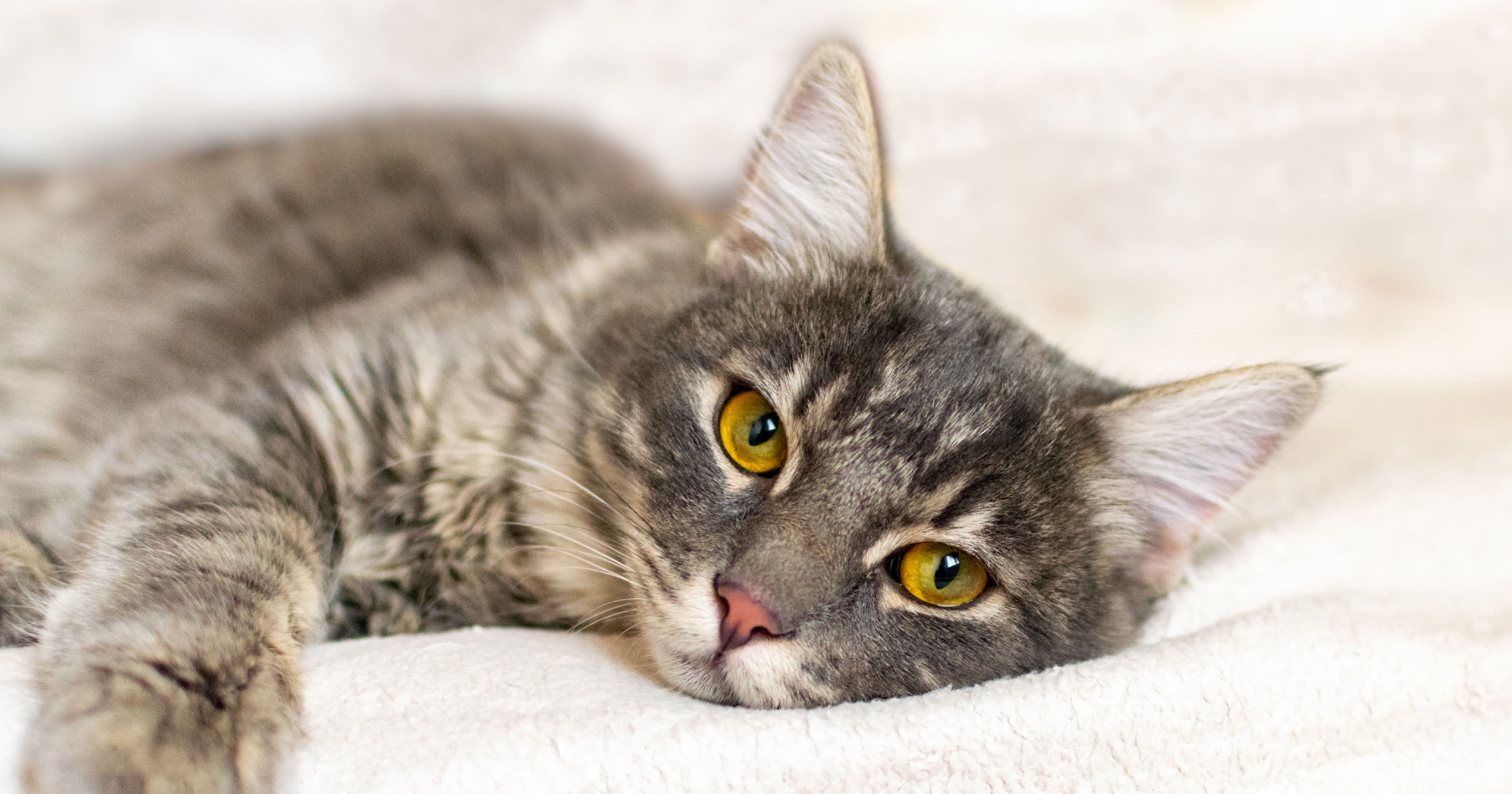
Cat behavior is a subject that most cat parents wish they understood a little better. Or a lot better! Why does your cat insist on knocking everything off the counters? Why does every other cuddle session turn into a bitey session? Why do they feel the need to knead? Heck, are we even sure we know why they purr? There’s an endless amount of mystery surrounding cat behavior, and not all those mysteries have been solved.
But together, we’ll try to get a better handle on understanding why your cat does what they do. Read on as we explore cat behavior, a subject as deep and complex as the cosmos. If the cosmos randomly smacked the dog for no reason!
Reading the Tail of Your Cat’s Body Language
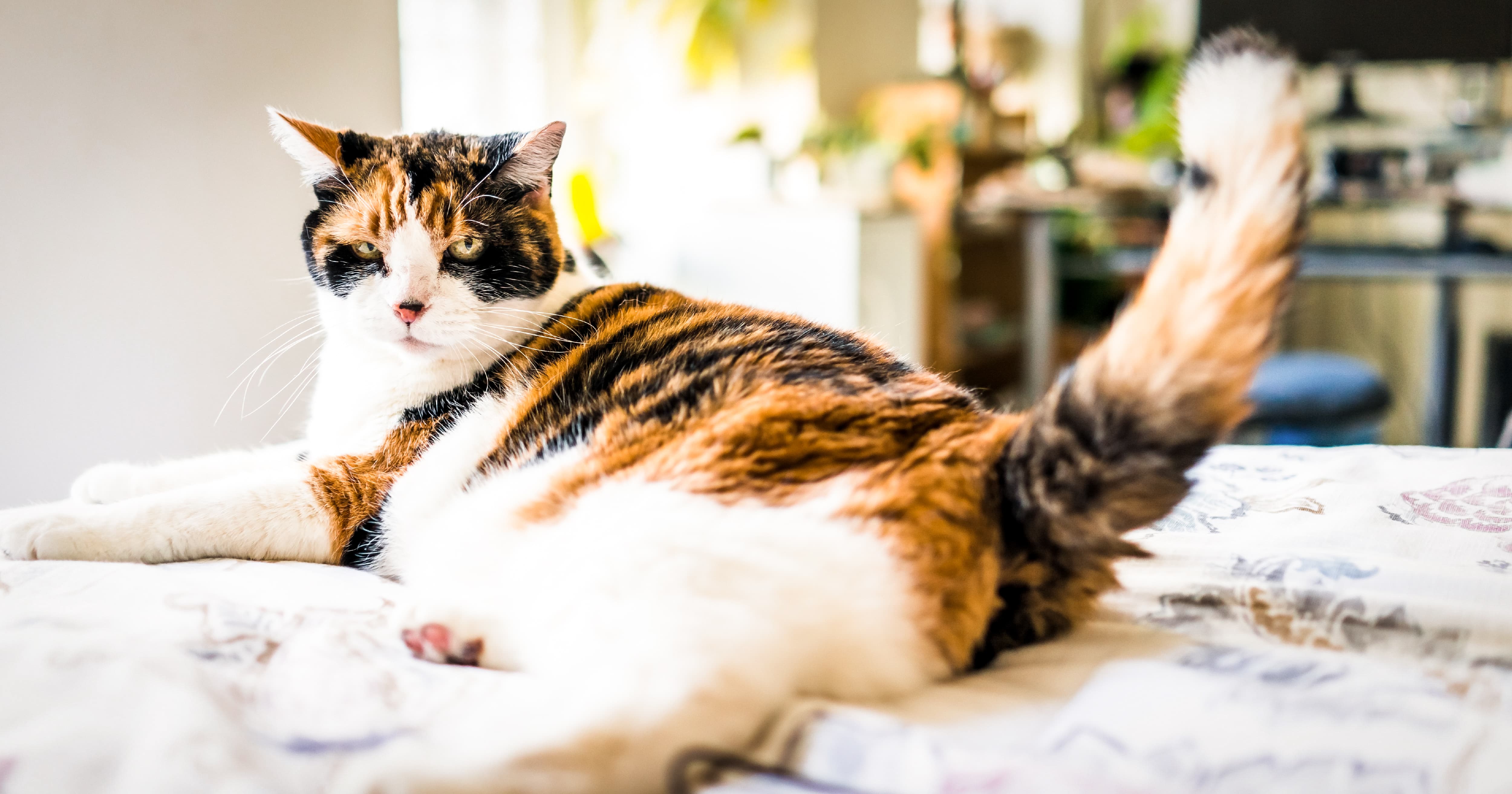
Cats aren’t the most expressive when it comes to facial communication. There are certainly times when you can look at your cat’s face and see that they’re angry or content or needy, but the vast majority of the time, your cat’s expression can be considered “stoic” at best or “disinterested” at worst. The good news is that there are other ways to tell what your cat is thinking or feeling. You just have to look below the neck.
There’s a reason that “cat body language advice” is a hugely popular search term on the ol’ internet. When the face tells no tales, you have to look elsewhere to interpret those feline feelings. Cat body language tips can help you tell how to deal with your cat in the moment, and the best place on the body to get a read on that language? Yep. The cat tail has tales to tell.
Cat tail language is like an old-school skeleton key that unlocks an entire body of secrets. How they hold their tail, how it’s moving, even how puffy it is; every detail tells a, well, you know.
Obviously, the tail is only part of the story. Ear position, eye dilation, general posture and other signals all work together to tell a story about what your cat is thinking or feeling. But when you have to know right now? Look to the tail.
READ MORE ABOUT TRANSLATING YOUR CAT’S TAIL
Social Smarts and Cat Behavior

No matter how lovey or clingy your cat may be, there inevitably are times when they don’t seem to care what you want. Does that mean that your cat is aloof? Does it mean that your desires mean nothing to them? Or does it simply mean that cats handle situations in ways that we don’t fully understand?
Well, yeah.
The fact of the matter is that cats aren’t human, so it’s not really fair to expect them to react to any situation the way a human might. If a person points at something and there are other people around to see it, those others will almost always look where the person is pointing. Cats, not so much. A cat might not even acknowledge that you’re in the room.
But that doesn’t mean that cats are aloof. It does mean that they value things in different ways than humans do, and applying human behavior rules to cat behavior doesn’t work. Just because you point at the food bowl doesn’t mean your cat has any interest in looking at the food bowl.
Understanding a cat’s social smarts can really help crack the code on why your cat behaves the way they do. It’s far from an exact science at this point, but there have been strides made in understanding cats’ social behavior. In 2017, researchers determined that cats often care more about people than they do about food or toys. So the fact that they aren’t reacting to the gifts you’re giving them isn’t necessarily a bad thing. In fact, it’s a you problem! A couple of years later, the same research team found that cats are hugely reliant on the people they trust. In many ways, the more they love you, the less they’re willing to do for you. Cat behavior, like the cats themselves, is a complicated issue.
The bottom line is that when a cat doesn’t obey your commands, it’s not because they don’t understand them or refuse to obey. It’s because when they are comfortable, they tend to do their own thing. Is disobedience a sign of love? Maybe!
READ MORE ABOUT YOUR CAT’S SOCIAL BEHAVIOR
Why Do Cats Need to Knead?
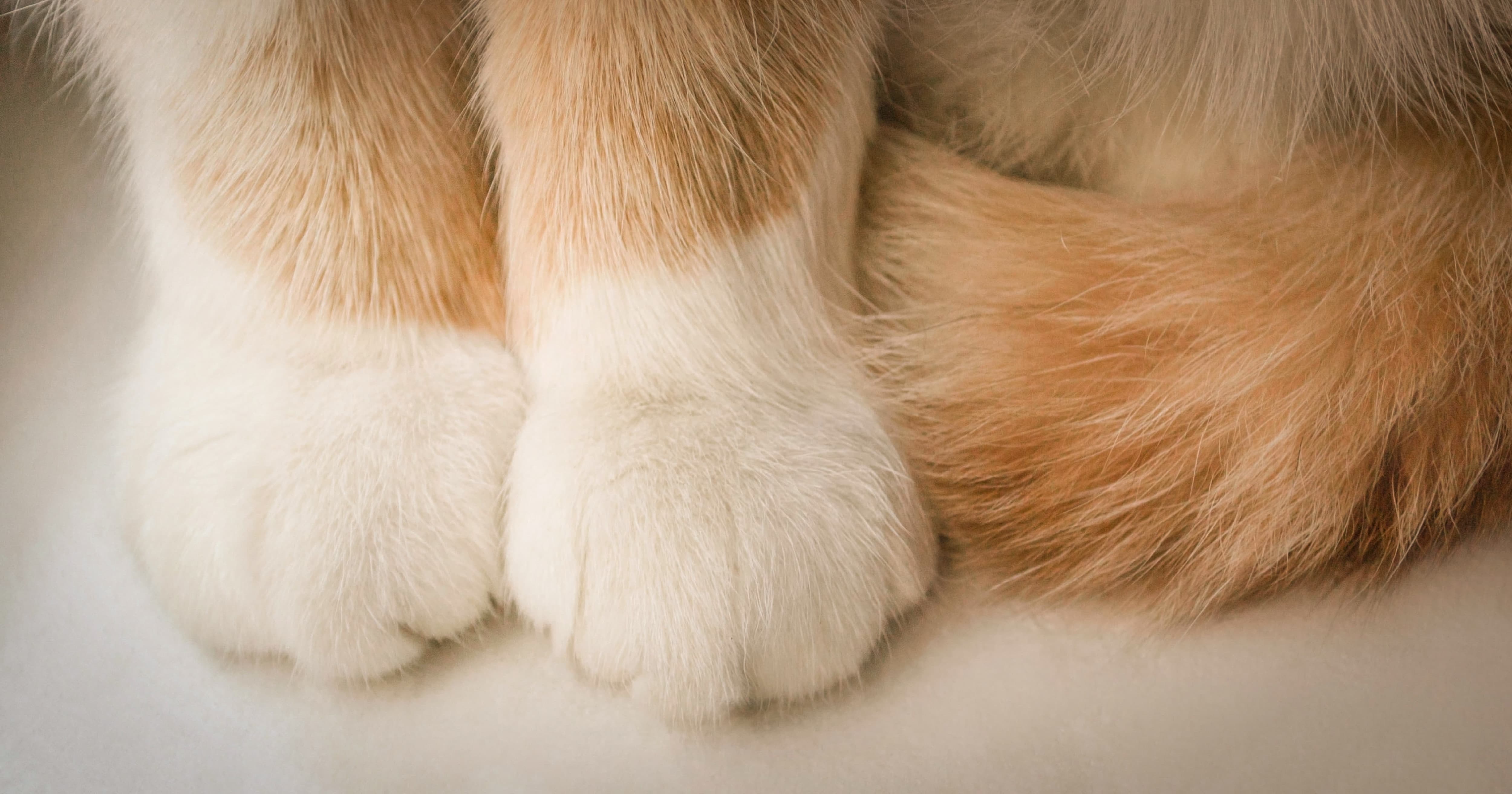
Your cat is on your lap, purring away. Inevitably, they start “making biscuits” on your thighs, clawing and pulling and grasping. You’re so used to this process that you never really stop to think about this behavior. It doesn’t hurt and, in fact, is oddly comforting when your cat kneads away. But the question lingers.
Is cat kneading an extremely weird thing to do?
Why do cats knead? If your dog started doing it, you might be weirded out, but we’re just so used to our cats doing it that “Why do cats make biscuits?” rarely crosses our minds. So. Why do they do it?
The most obvious answer is that kneading is engrained in cats since birth: as newborn kittens they had to make the same motions to stimulate their mother’s milk flow. Their very first actions brought food into their needy little mouths, so it might just be hardwired into cats that this activity brings comfort. You know how sometimes you feel the need to bury yourself in warm blankets? Some research suggests because we were swaddled as babies, blanket cocoons can relive anxiety. The same idea might apply to cats!
READ MORE ABOUT CATS’ NEED TO KNEAD
What Do Cats DO All Day?
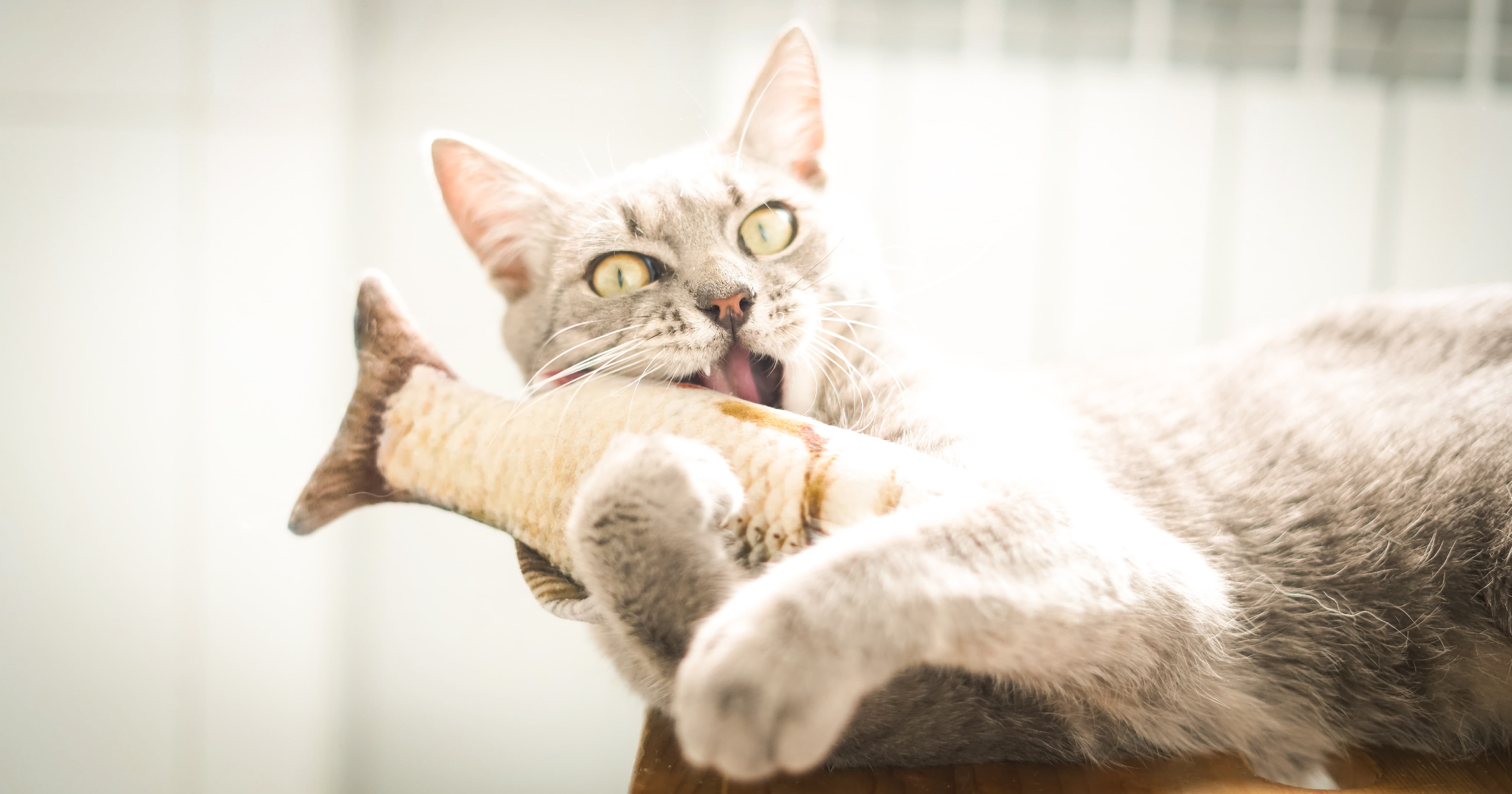
We’ve all heard the frenetic footsteps of 2 a.m. zoomies, which is why we know that when cats are unsupervised, they get into all sorts of shenanigans. Jumping on the counters, chasing bugs, skittering around the entire house — and who knows what cat habits are engaged when you’re not home?
Luckily, there’s a way to track the good cat habits and bad cat habits that your cat indulges in when they’re not being supervised. Kitty cams can tell cat parents exactly what they need to know about the secret lives of their feline friends. And judging by some research, we can learn a lot from that data. Though studies to date have mostly tracked cat behavior when they are outdoors, the fact that cats behave differently when on their own versus when with their people opens a lot of avenues for exploration. When cats are indoors? They tend to prefer being in the same room as their people.
Who’da thunk it?
READ MORE ABOUT THE SECRET LIVES OF CATS
Why Do Cats Purr?
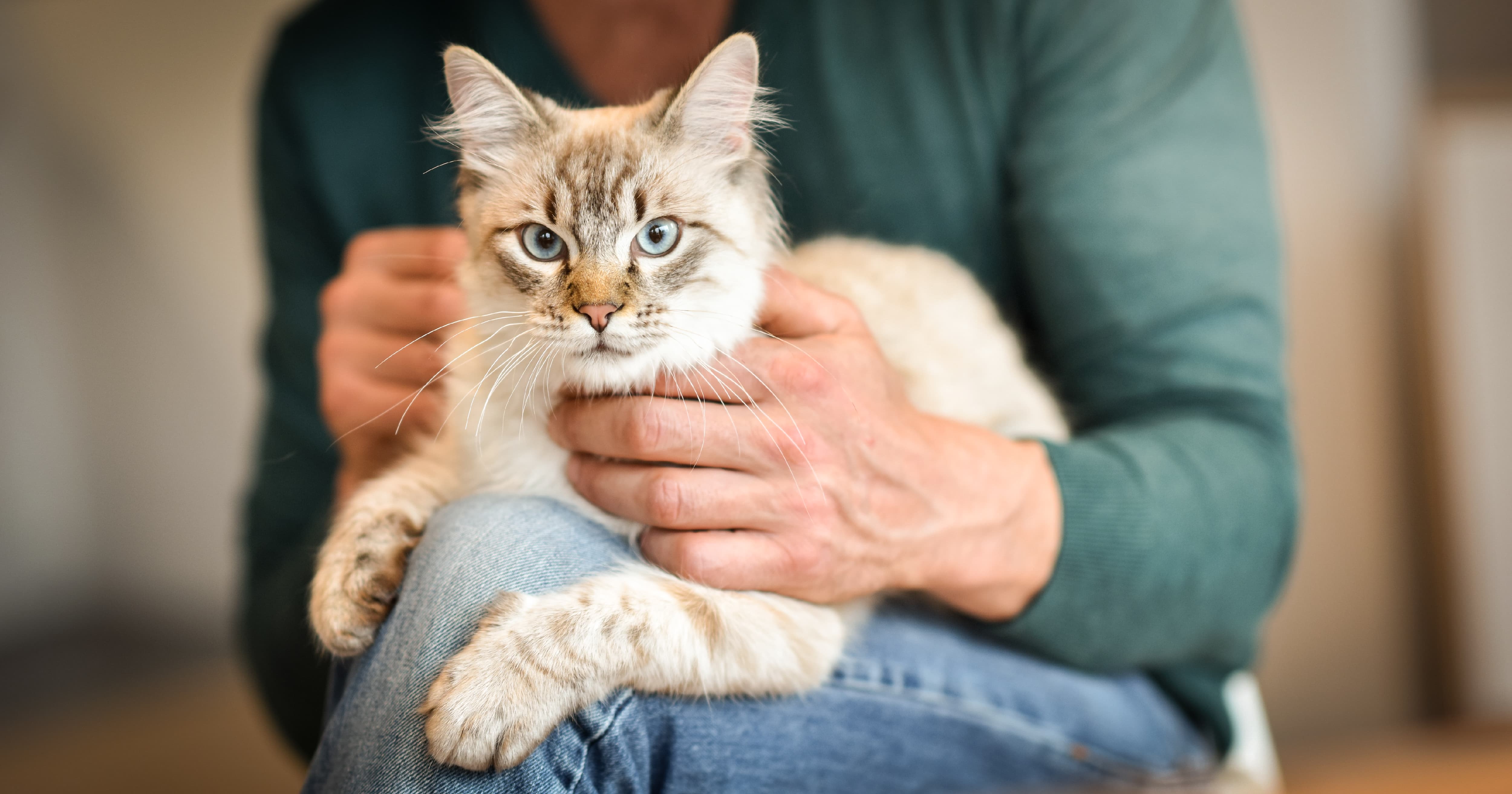
The best way to tell that your cat is happy and content is by the steady rumble of their purr, right? But do you know what cat purring actually means, especially outside the context of your warm lap?
When your cat quickly movies their larynx muscles in time with their diaphragm to create that low, exhaust-pipe sound that every cat parent loves so much, it might not always mean what you think it means. If you’ve ever wondered “Why is my cat purring?” you’re in luck. We’ve wondered the exact same thing and collected everything we know.
Why Does My Cat Do That, and What Can I Do to Solve It?
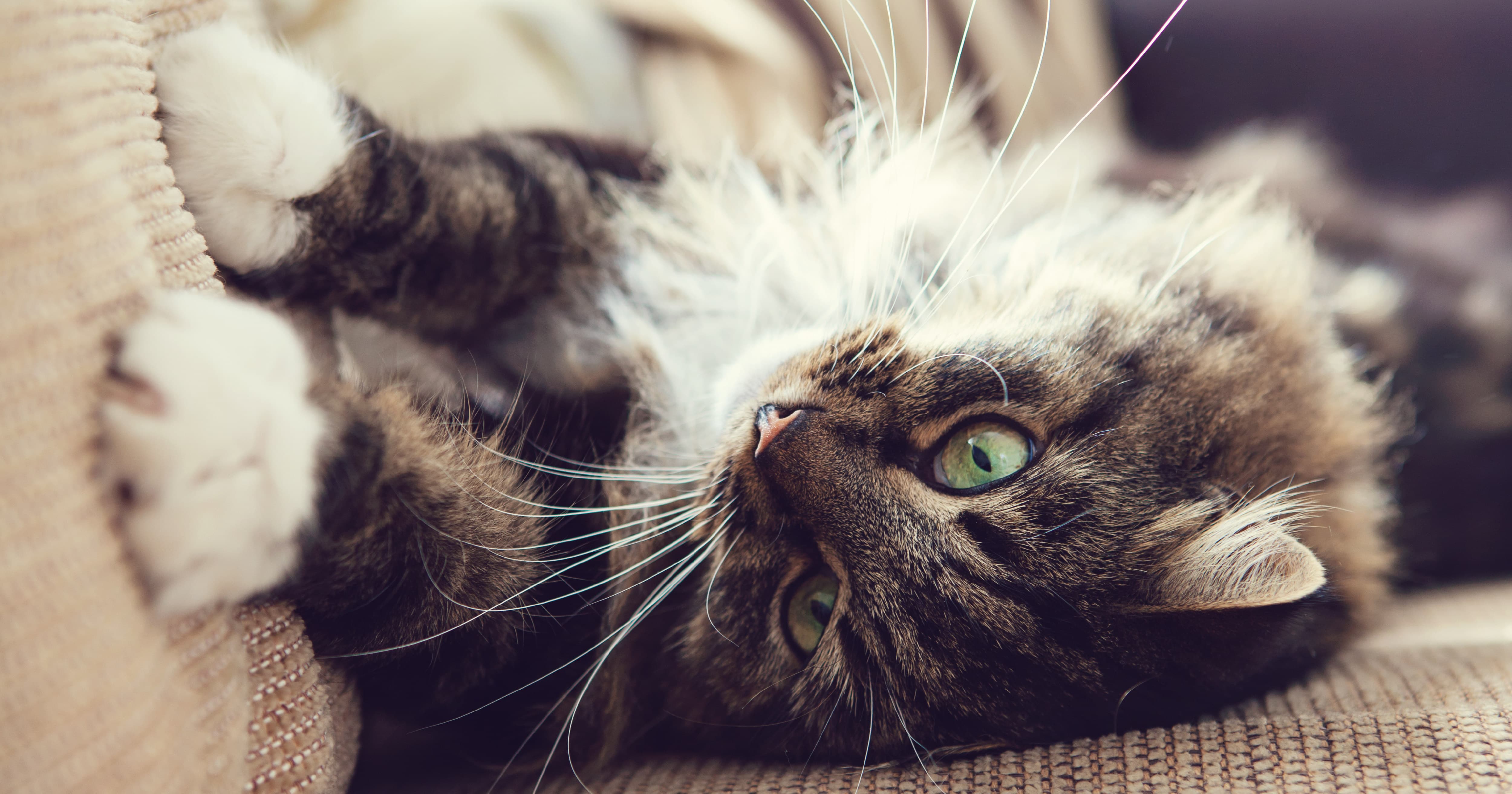
Why do cats do the things they do? Scratching up the furniture, randomly “going” outside of their litter box, biting for no reason — are these simply bad behaviors that can be unlearned, or is there something more at work?
The simple answer is that cats aren’t people and therefore don’t conform to what people consider “good” behavior unless they’re trained. The good news is that with lots of patience and training, you can turn your “bad” cat into a model of cat behavior.
READ MORE ABOUT WHY YOUR CAT DOES THAT
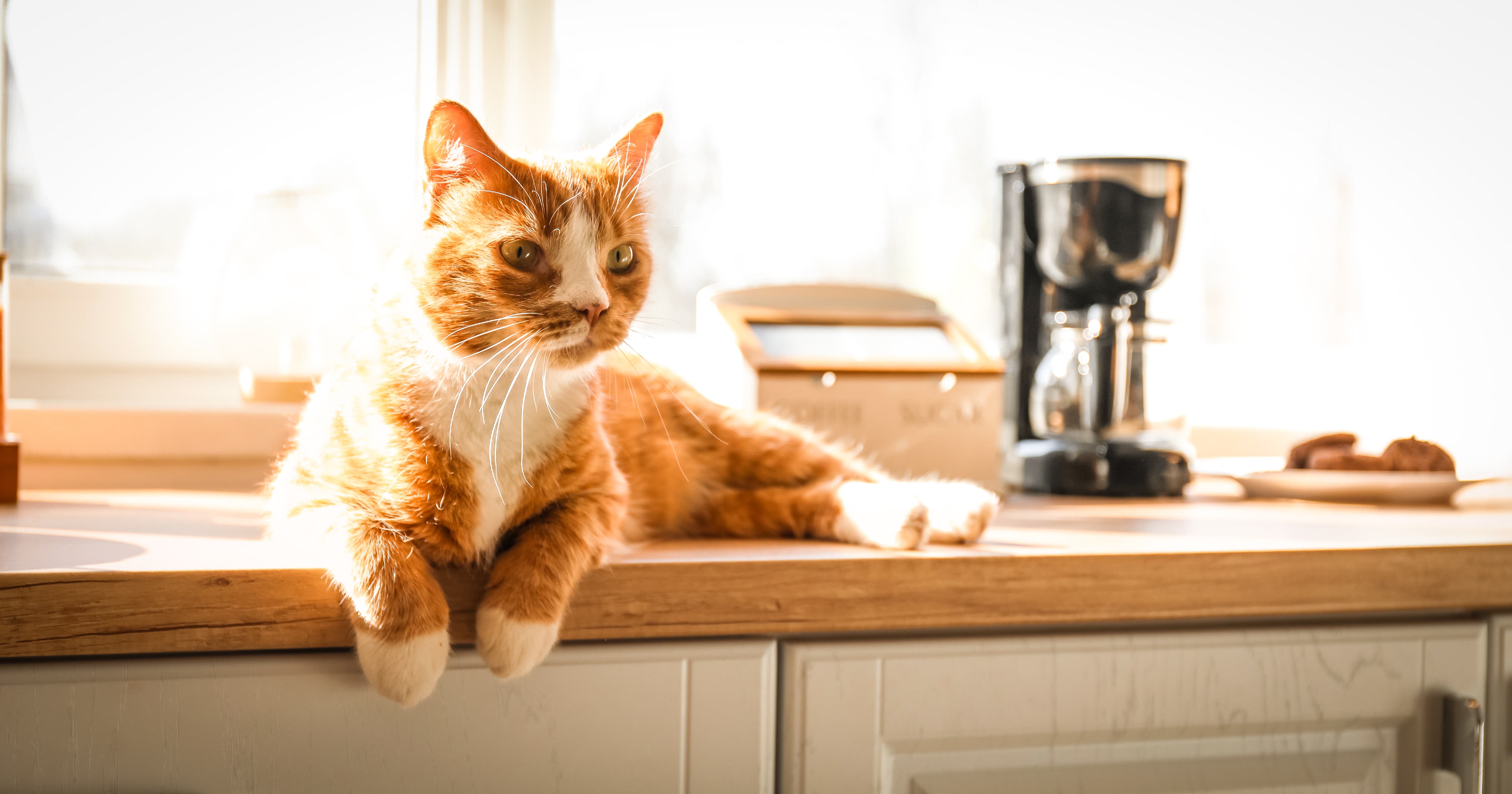
Know Cat Behavior, Know Your Cat
Even with everything we conclusively know about behavior, cats still remain as mysterious as the Sphinx (which is famously mysterious for being…a cat. COINCIDENCE?!?!). But by paying a little attention and watching cat body language, tail position and their tastes and preferences, you’ll know how to interpret cat behavior as well as anyone. And knowing what they do and why they do it can really enhance your relationship with your cat.
If your cat doesn’t mind, that is.
The information in this blog has been developed with our veterinarian and is designed to help educate pet parents. If you have questions or concerns about your pet's health or nutrition, please talk with your veterinarian.
